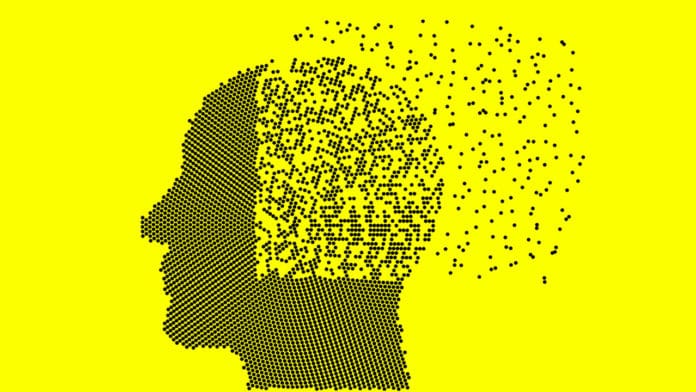Scientists and caregivers have noticed that extreme daytime napping can develop some time before the memory problems related to Alzheimer’s disease begin to unfold. Earlier examinations have considered this excessive napping to be compensation for poor nighttime sleep caused by Alzheimer’s-related disturbances in sleep-promoting brain regions, while others have contended that the sleep problems themselves add to the progression of the disease.
In any case, presently UC San Francisco scientists have given a striking new natural clarification for this phenomenon, appearing rather than Alzheimer’s disease directly attacks brain regions responsible for wakefulness during the day.
The study discovered that these brain regions are among the primary losses of neurodegeneration in Alzheimer’s malady, and consequently that exessive daytime napping – especially when it happens without in the absence of significant nighttime sleep problems – could serve as an early warning indication of the disease.
What’s more, by associating this damage with a protein known as tau, the examination adds to confirm that tau contributes all the more directly to the brain degeneration that drives Alzheimer’s symptoms than the more widely contemplated amyloid protein.
Study senior author Lea T. Grinberg, MD, Ph.D., an associate professor of neurology and pathology at the UCSF Memory and Aging Center said, “Our work shows definitive evidence that the brain areas promoting wakefulness degenerate due to an accumulation of tau — not amyloid protein — from the very earliest stages of the disease.”
During the study, scientists precisely measured Alzheimer’s pathology, tau protein levels and neuron numbers in three brain regions involved in promoting wakefulness from 13 deceased Alzheimer’s patients and seven healthy control subjects, which were obtained from the UCSF Neurodegenerative Disease Brain Bank.
As compared to healthy brains, scientists found that the brains of Alzheimer’s patients had significant tau buildup in all three wakefulness-promoting brain centers they studied — the locus coeruleus (LC), lateral hypothalamic area (LHA), and tuberomammillary nucleus (TMN) — and that these regions had lost as many as 75 percents of their neurons.
Oh said, “It’s remarkable because it’s not just a single brain nucleus that’s degenerating, but the whole wakefulness-promoting network. Crucially this means that the brain has no way to compensate because all of these functionally related cell types are being destroyed at the same time.”
Scientists likewise studied brain samples from seven patients with progressive supranuclear paralysis (PSP) and corticobasal disease (CBD), two distinct forms of neurodegenerative dementia caused by tau accumulation. Rather than the Alzheimer’s disease brains, wakefulness-promoting neurons appeared to be saved in the PSP and CBD brains, despite comparable levels of tau buildup in these tissue samples.
The study demonstrated that individuals who passed on with elevated levels of tau protein in their brainstem – comparing to the earliest stages of Alzheimer’s stages- had just started to experience changes in mood, for example, anxiety and depression, just as expanded sleep disturbances.
Study senior author Lea T. Grinberg, MD, Ph.D., an associate professor of neurology and pathology at the UCSF Memory and Aging Center said, “Our new evidence for tau-linked degeneration of the brain’s wakefulness centers provides a compelling neurobiological explanation for those findings. It suggests we need to be much more focused on understanding the early stages of tau accumulation in these brain areas in our ongoing search for Alzheimer’s treatments.”
These examinations add to a growing acknowledgment among certain scientists that tau buildup is all the more firmly connected to the real symptoms of Alzheimer’s than the more generally contemplated amyloid protein, which has so far failed to yield effective Alzheimer’s treatments.
For example, another ongoing examination by the Grinberg lab estimated tau buildup in the brains of patients who died with various clinical indications of Alzheimer’s disease, including variations that included language impairment or visual problems rather than progressively run of the mill memory loss.
They found that distinctions in nearby tau burden in these patients’ brains firmly coordinated their indications: patients with language impairments had more tau accumulation in language-related brain areas than in-memory locales, while patients with visual issues had higher tau levels in visible brain regions.
Grinberg said, “This research adds to a growing body of work showing that tau burden is likely a direct driver of cognitive decline.”
“Increased focus on the role of tau in Alzheimer’s suggests that treatments currently in development at UCSF’s Memory and Aging Center and elsewhere that directly tackle tau pathology have the potential to improve sleep and other early symptoms of Alzheimer’s disease, in addition to holding the key to slowing the progress of the disease overall.”
The study is published on August 12, 2019, in Alzheimer’s and Dementia.
